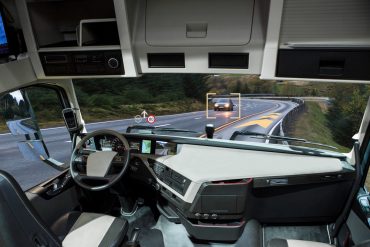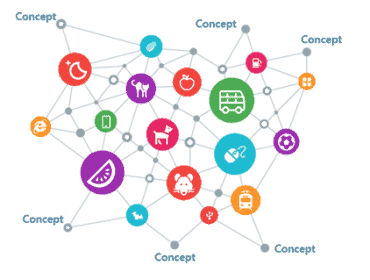
The recent RoboCat update doubled its success rate on novel jobs making it compelling technology for organizations that want to optimize operations and expand automation.
Google DeepMind recently introduced a new edition to smart robotics, RoboCat. This self-improving robotic agent aims to bridge the gap between real-world skills and language models. It signals the continued pursuit of robotics capable of replacing humans in dangerous or mundane tasks and learning on the job the way humans do.
Combining simulated with real-world data for a comprehensive training set
RobotCat demonstrates a significant advancement in AI and robotics thanks to its increased capacity to learn new tasks. This is the result of a unique training cycle, allowing it to continually improve and adjust to new circumstances.
The training process involved collecting large numbers of demonstrations for a specific task. Humans manually manipulate the robotic arm, which provides the groundwork for further instruction. RoboCat is fine-tuned for the tasks by creating a spin-off agent optimized for that particular objective.
From there, the spin-off agent repeats the learned procedure or collects its own data by using the robotic arm. It also integrates demonstration data with user-generated data, allowing it to build on the experience of both real-world and simulated data. Taken together, this is a more comprehensive training set.
See also: AI and Robotics Research Continues to Accelerate
Bridging the gap between language models and the real world
The core multimodal paradigm, known as Gato (or “cat”), allows it to process language, visuals, and actions in both virtual and real settings. Its architecture enables RoboCat to use a vast training set compiled from different robotic arms performing various tasks. This multimodal expansion makes RoboCat a more versatile machine.
A recent update has doubled its success rate on novel jobs, showcasing its real growth potential. Thanks to self-improvement and rapid performance enhancements across different devices and environments, companies could find themselves at the next stage of robotic involvement in manufacturing and other target industries. These factors could make RoboCat a really compelling technology for organizations that want to optimize operations and expand automation within those target environments.




























